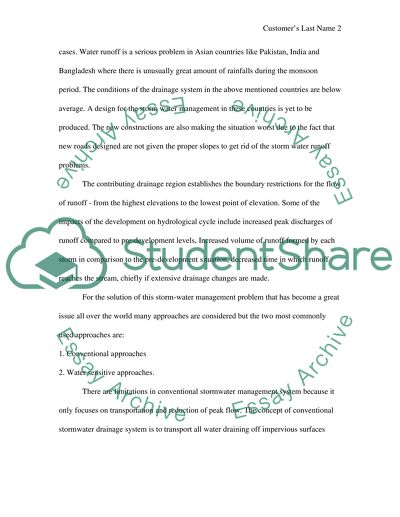WSUD Assignment Example | Topics and Well Written Essays - 1000 words. Retrieved from https://studentshare.org/miscellaneous/1581693-wsud
WSUD Assignment Example | Topics and Well Written Essays - 1000 Words. https://studentshare.org/miscellaneous/1581693-wsud.


